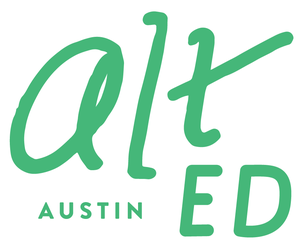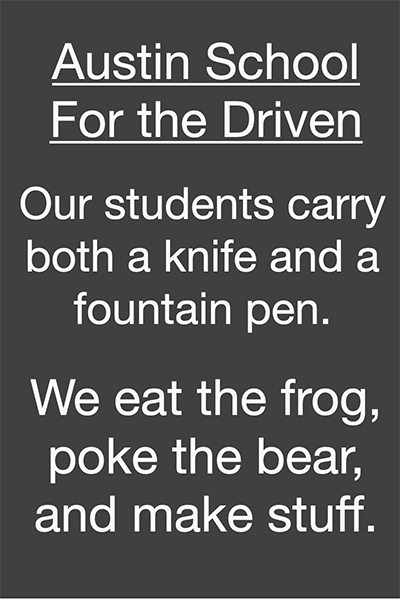The #1 predictor of success: Concentration
/Guest blogger Susan Phariss, founder of Brain Fitness Strategies, believes that it’s possible to change the brain and profoundly improve the future at a level most people never imagine. She specializes in helping bright kids who struggle with sensory, reading, and anxiety issues. Using neurodevelopmental movements, she helps kids get rid of the blocks that prevent them from reaching their full, thriving, happy potential.
I was shocked when I read a study reporting that the ability to concentrate is the #1 predictor of success in life. The Duke University study was conducted in New Zealand with over 1,000 kids. They studied the kids for eight years and then did a follow-up when they were 32 years old. What they found is that the ability to concentrate is a stronger predictor of success than IQ or socio-economic status. It predicted health, career success, and financial success.
As a neurodevelopment specialist, I often work with kids who have really poor concentration. An example would be my past client, Micah. When we started working with him, his mom said it took four hours to do his schoolwork every night—and he was in elementary school! Mom or dad had to stay with him the whole four hours—and no one else in the house could have fun while Micah was doing homework, as it would distract him even further
After doing our brain exercises for three months, Micah’s mom reported he was down to just 40 minutes to get his homework done. Then, after eight months, she said he was a straight-A student and never brought homework home anymore—he always got his work done at school!
Here are a couple of favorite activities to boost concentration that you can do at home with your child:
Peacock Feather
The first activity is balancing a peacock feather. Place the tip of the feather on a finger or anywhere on the hand, stand the feather straight up, look at the top, and then let go of the feather with the other hand. As the feather starts leaning, follow the feather with your hand, keeping it underneath the feather.
Your job as a parent is to remind them, “Look at the top! Look at the top! Look at the top!” Once they grasp that they can balance it longer by staying focused on the top, you can stop reminding them—and start timing them.
I recommend keeping a success chart of how long the peacock feather was balanced in each hand. This keeps them motivated to beat their old record every time they practice, building their concentration through play!
When they can balance the peacock feather consistently for 60 seconds, challenge them with balancing a yardstick! The yardstick moves much faster and will be more challenging, building even more concentration.
You can pick up a peacock feather at Michael’s or most arts and crafts stores. Be sure it is approximately 36 inches long (like the yardstick). I buy mine in bulk online here.
Juggling
I love juggling as a neurodevelopmental exercise so much that Paul and I wrote an e-book about it! There are lots of studies (like this one and this one) reporting how juggling grows new brain cells (both gray matter and white matter), and that it grows it mostly in the visual processing center of your brain.
My favorite prop for teaching new jugglers is colorful juggling rings! They are easier than beanbags because you don’t have to control your wrist angle.
Have your child practice throwing it up and down with one hand, with a first goal of 10 throws in a row with no drops. Then try the other hand. Then throw from hand to hand 10 times without a drop. When they are comfortable with catching and throwing to themselves, then you can start having them pass with you! My e-book has the rest of the steps for learning how to juggle three objects successfully.
Passing juggling props between two or more people builds their ability to collaborate. It also builds creativity, eye-hand coordination, reading skills—the list of benefits is long!
I buy my juggling rings online here.
For more tips on teaching your child to juggle, Alt Ed Austin readers can download a free copy of the juggling instructions from my e-book, Have a Ball Learning, from my website. It’s a step-by-step guide on teaching your child to juggle—even if you can’t! It also includes activities for kids who don’t have the coordination to juggle yet, plus other games you can play with them that build focus and concentration.
But don’t take my word for it—let your child try it and let them tell you!
Susan Phariss



















